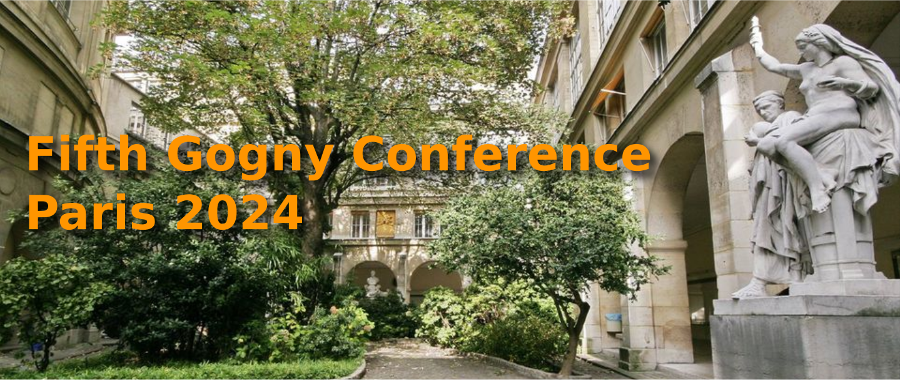Speaker
Description
The phenomenology of atomic nuclei is bewildering: many thousands of different isotopes exist, each of which can differ dramatically from systems with just one less nucleon. This diversity makes nuclear structure interesting by itself, but the field is also crucial to progress in other domains: from precision searches for beyond-standard-model physics to the chemistry of superheavy nuclei. The need for nuclear data is particularly large in astrophysics: simulations of phenomena such as nucleosynthesis or neutron star mergers rely on the properties of dense matter at the extremes of isospin, density and temperature. Models based on nuclear energy density functionals (EDFs) represent our current best hope to provide this data; such approach describes a nucleus in terms of its constituent nucleons while the equations remain sufficiently tractable for global application at the cost of introducing a modest amount of parameters. We are building a new class of EDF-based models aimed at providing all necessary data to astrophysical applications: the Brussels-Skyrme-on-a-Grid or BSkG-series [1, 2, 3]. These models all achieve a description of thousands of masses and several hundred charge radii with a root-mean-square error of less than 800 keV and 0.03 fm, respectively. These models accord the nucleus an extreme amount of freedom: nuclear shapes range from spheres and axially symmetric ellipsoids but also exhibit triaxial deformation, reflection asymmetry, non-zero angular momentum or all of these combined! The BSkG-series thus leverages spontaneous symmetry breaking as much as possible, which makes bench- marks with many types of new experimental data possible across the entire nuclear chart [5, 6, 7]. These models do not just describe bulk properties such as masses and radii, but their reach also extends to pseudo-observables that serve as input to reaction models, predictions for dense matter in neutron stars and fission properties; for the latter in particular, the BSkG models offer an accuracy of less than 0.5 MeV [4, 3] w.r.t. the available empirical fission barriers of actinide nuclei. In this contribution, I will start by discussing the BSkG series of models and discuss some key points on how spontaneous symmetry breaking helps us improve our global description of the properties of nuclei. After this more general introduction, I will dig deeper into the properties of the latest model: BSkG5 is as performant as the earlier entries in the series, but is based on a so-called N2LO form of the Skyrme EDF [8]. While involved and complicated to use numerically, this analytical form has several advantages. First, it allows a zero-range Skyrme to incorporate (part of) the physics of finite range interactions. Second, it gives us the freedom to combine an excellent description of nuclear properties with a stiff equation of state that can support the existence of heavy neutron stars without having to rely on additional density dependencies. Finally, all of these attractive properties can be achieved with less parameters than the preceding models.

